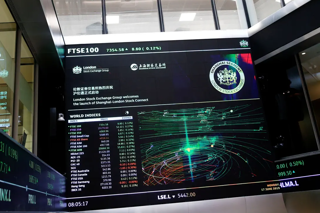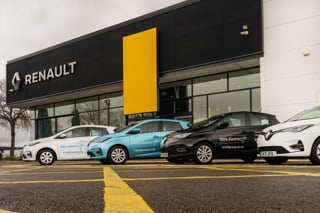A core element of ICDP’s work over more than two decades has been seeking to improve how new vehicle supply systems are planned and operated.
It was also a key part of my prior consulting work with Ford and Opel amongst others, and I used to suggest that all the supply chain optimisation in the industry had been on the basis of the relevant expert standing at the end of the assembly line, looking back into the plant and declaring that “all is good” whilst ignoring the thousands of cars behind him parked in the factory compounds, various distribution compounds and dealership storage lots.
We – ICDP and my colleagues and I at AT Kearney – made good progress in the 1990s, working with our clients to reduce finished vehicle inventory levels, whilst improving availability of “right car, right place, right time” and reducing the level of variable marketing expense associated with moving aged stock.
In the last couple years, in an era of ultra-low interest rates, the interest in the topic from ICDP members has reduced. It is rarely mentioned by our manufacturer, distributor or dealer members as a priority that they would like to see included in the programme.
Our periodic benchmarking has shown that inventory levels have often been increasing and build to order rates have reduced. Excess or unbalanced inventory has been pushed through to dealers in pack deals and offered as zero kilometre cars – representing a profitable activity for dealers who are well-capitalised and remarket the cars well.
We started to question in our own minds whether the economics of stable (over-) production compensated for the billions spent on variable marketing.
The experience of the COVID interruptions, combined with some trends in channel strategy, might present a new opportunity to rethink new vehicle supply strategies. There is a renewed focus, even in an era of “free money”, to reduce working capital and all areas of overhead, including marketing expense.
Concerns around working capital are driven by risk, as well as financing cost. We have seen two months stock pre-COVID turn into five months based on the gradual ramp-up in sales, and big variations between markets in terms of recovery.
Dealer failures – anticipated within the coming months – will require interventions to recover and reallocate stock. In many cases, inventory is going to be in the wrong mix and/or the wrong place.
Customer behaviour during the lockdowns may give an added impetus to online buying activities, and dealer failures may accelerate network restructuring. Together these will drive the faster introduction of an omni-channel environment, where the most effective inventory model is of lean, centralised stock that can be allocated flexibly across channels and dealerships.
Current indications are that manufacturers are taking a cautious approach to ramping production back up, and this makes obvious sense when COVID-related Government support allows plants to be shut down at a lower cost than would normally be the case. There is a one-off opportunity to allow stock levels generally to be reduced from pre-Covid levels in a less painful way, and we believe that this should be accompanied by the introduction (or re-introduction in some cases) of central stocks for markets or clusters of markets.
Physical stock at dealers would be reduced, and stock visibility for everyone potentially improved, depending on the way in which current order pipeline management systems are set up. A range of approaches have been used in the past to fund the inventory and provide flexible access to lock in customer orders – these are all proven and well understood.
In most cases, there is no requirement for extensive design and testing of new processes and systems.
More effective new vehicle supply processes have been implemented by most manufacturers in the past, but functionality has been switched off, or parameters changed so that the “leanness” has been lost, and with it the flexibility and avoidance of aged stock and related incentive spend.
The manufacturers need to take the lead by dusting off the old procedures and manuals, empowering their experts to blow fresh life into old projects, and create a finished vehicle supply chain that is fit for the 2020s, and addresses some of the immediate pain points of post-COVID market uncertainty.



















Login to comment
Comments
No comments have been made yet.